Scientist of the Day - Oswaldo Cruz
Oswaldo Cruz, a Brazilian bacteriologist, epidemiologist, and public health official, was born Aug. 5, 1872, in São Paolo state. His father, a physician, moved to Rio de Janeiro when Oswaldo was young and took up residence in the botanical garden there. Cruz received his medical degree in Rio, specializing in microbial disease – the germ theory of disease was brand new then – and then went to study at the Pasteur Institute in Paris in the mid-1890s.
Cruz returned to discover thar a bubonic plague epidemic was moving through southern Brazil, and Cruz, highly recommended by the Pasteur Institute, was appointed to the new Federal Serum Therapy Institute, established in 1900 in Manguinhos, a suburb of Rio, to help develop sera against disease (first image). The Institute was successful in its campaign against bubonic plague, and Cruz was made Director of Public Health for Rio de Janeiro in 1901. Cruz then took on yellow fever, the great scourge of Central and South America. It was only in 1900 that the hypothesis that yellow fever is caused by a bacterium (actually, a virus) carried by mosquitoes was acted on by public health officials in Cuba and Panama to wage war against the disease by eradicating mosquitos and their breeding grounds.
In 1903, Cruz took on yellow fever in Rio, and within four years, the disease, which had been rampant, and especially threatening for foreign visitors, had been brought under control with stringent sanitation methods and restrictions. He also took on smallpox, and established a vaccination program, which he wanted to make mandatory, but here he was resisted by violent anti-vaxxers, and it wasn't until there was a severe epidemic in 1908 that vaccination suddenly became attractive, and Cruz just as suddenly became a public hero.
Cruz resigned as Director of Public Health in 1909, so that he could return to basic research at the Institute in Manguinhos, which had been renamed the Instituto Oswaldo Cruz. He was appointed Director. The institute would become the leading life-sciences institution in Brazil. Cruz immediately launched an Institute journal, the Memorias (third image), and surprisingly, our library has a fairly complete run of the first 40 years of the Memorias. I browsed through the first few volumes, and was surprised to discover, in voume 1, for 1909, the famous paper in which Carlos Chagas announced a new human disease caused by a trypanosome, an affliction now called Chagas disease (Chagas named the protozoa Trypanosoma cruzi, after his boss). The disease later came to public and scholarly attention when it was pointed out that Charles Darwin had been bitten by the bug that causes Chagas disease (the "benchuca" bug) and had probably acquired the disease, and that this might have been the cause of his later-life chronic illness and anemia. Last year, I wrote a post on Chagas and his disease and Darwin, but I had no idea at the time that we had his paper. So I show it to you today (fourth image) – I am sure Cruz would not mind, since he hired Chagas as one of his assistants and was proud to have done so.
I also discovered, while perusing Chagas’s article (published, oddly, in both Portuguese and German), a beautiful colored plate of a benchuca bug by an artist unknown to me, Manuell de Castro Silva (fifth image). He was apparently the illustrator for the Institute for at least 15 years, from its inception; his full-color illustrations are gorgeous, and I look forward to writing a post on Castro Silva one day, once I have found out more about him.
Back to Cruz; his Institute flourished, but Cruz himself did not, succumbing to kidney disease and dying on Feb. 11, 1917, just 44 years old. In his short life, he had become one of the most effective public health officials and institute directors of the 20th century. In 1986, his memory was honored with the issuance of a Brazilian banknote, which you can find in both 50 cruzados (the new currency) or 50,000 cruzeiros (the old currency) versions (sixth image). The reverse of the note portrays the Instituto Oswaldo Cruz in Manguinhos (seventh image).
In 1974, the Cruz Institute became part of the Fundação Oswaldo Cruz (Oswaldo Cruz Foundation, often referred to as Fiocruz), which is one of the largest health institutions in the world, and even has an outpost laboratory in Antarctica. And it all began with Oswaldo Cruz.
William B. Ashworth, Jr., Consultant for the History of Science, Linda Hall Library and Associate Professor emeritus, Department of History, University of Missouri-Kansas City. Comments or corrections are welcome; please direct to ashworthw@umkc.edu.



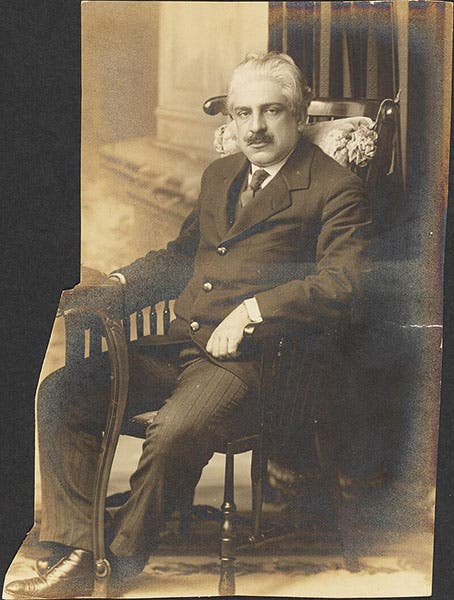

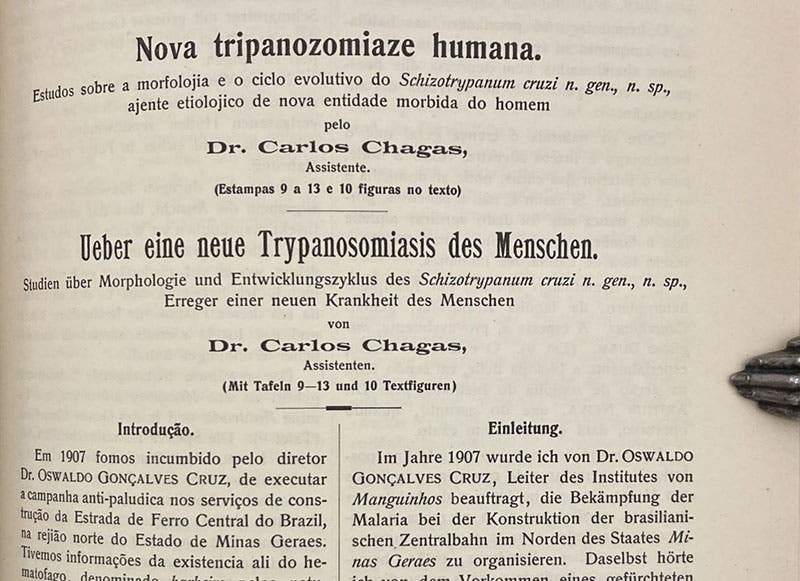

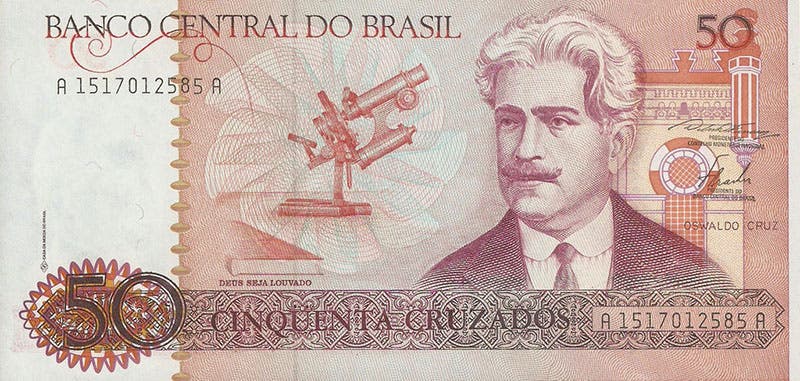

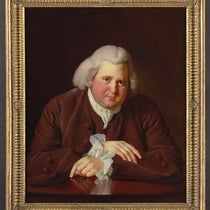
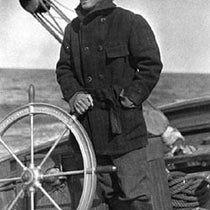
![Using an astrolabe to measure the depth of a well, woodcut in Elucidatio fabricae vsusq[ue] astrolabii, by Johannes Stöffler, 1513 (Linda Hall Library)](https://assets-us-01.kc-usercontent.com:443/9dd25524-761a-000d-d79f-86a5086d4774/a998eb50-55d2-4a88-ace2-a50aa5fa86e7/Stoffler%201.jpg?w=210&h=210&auto=format&fit=crop)

